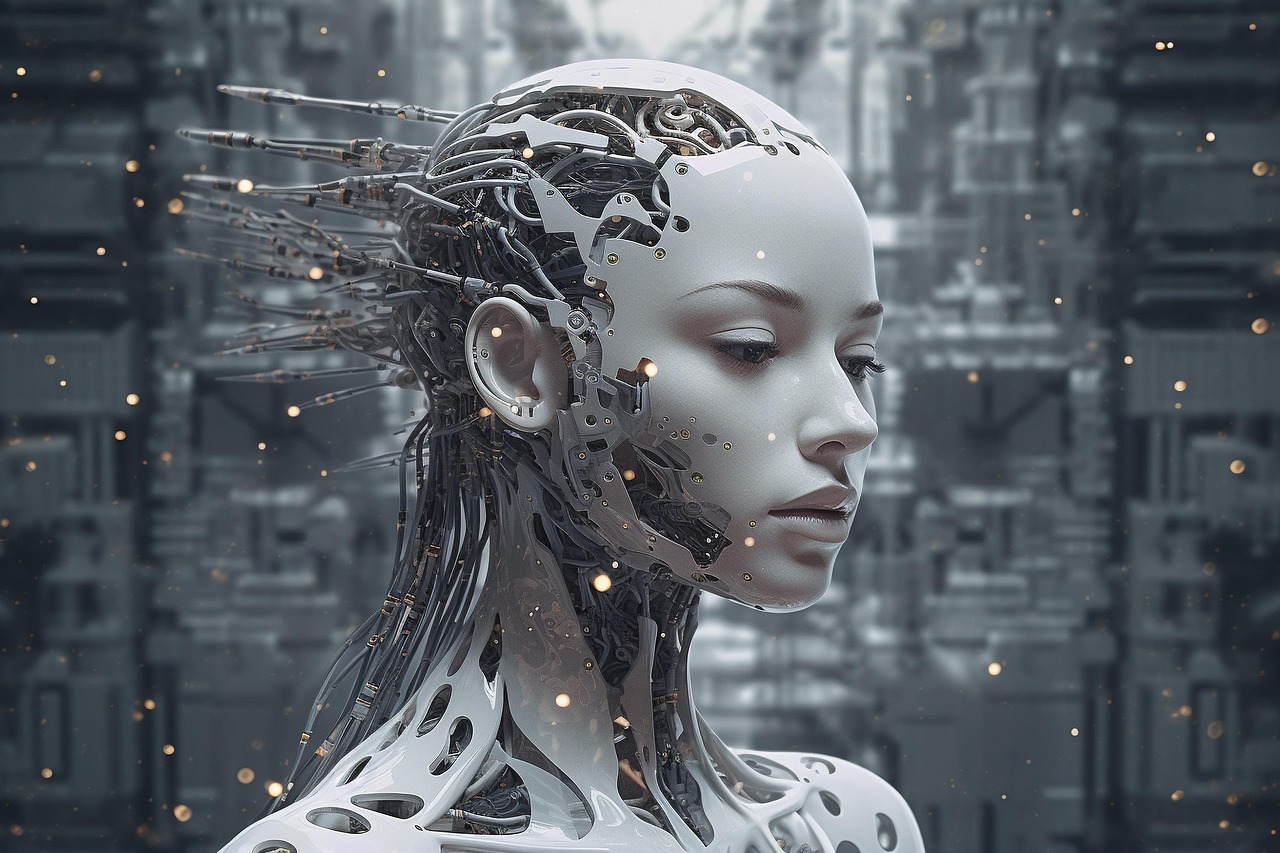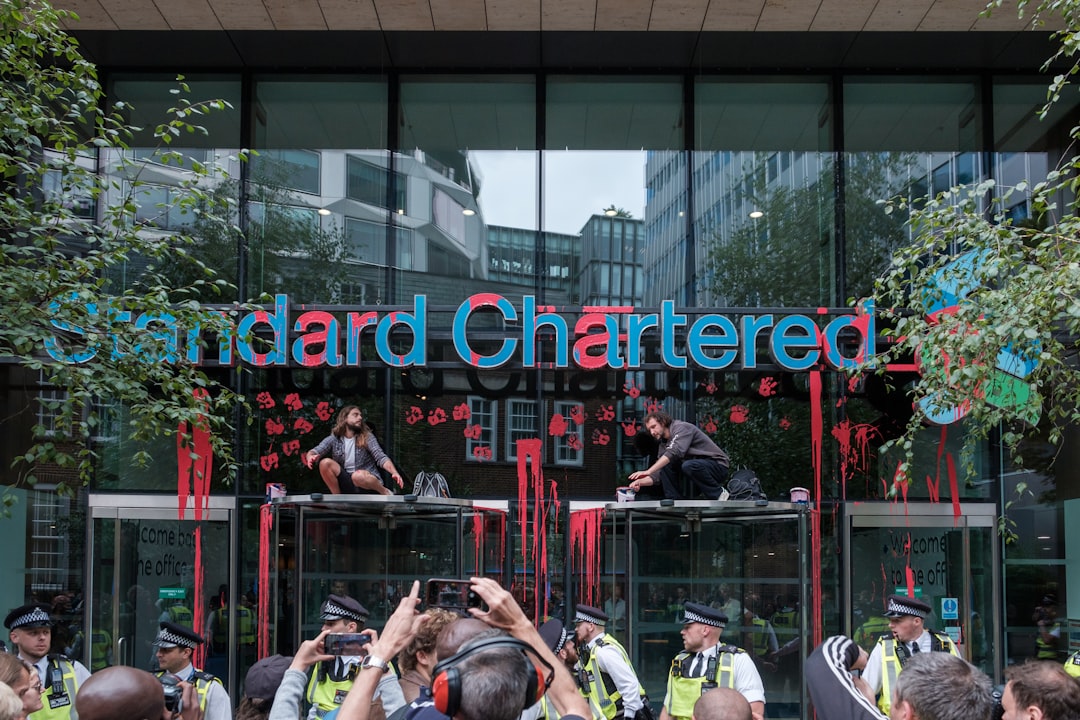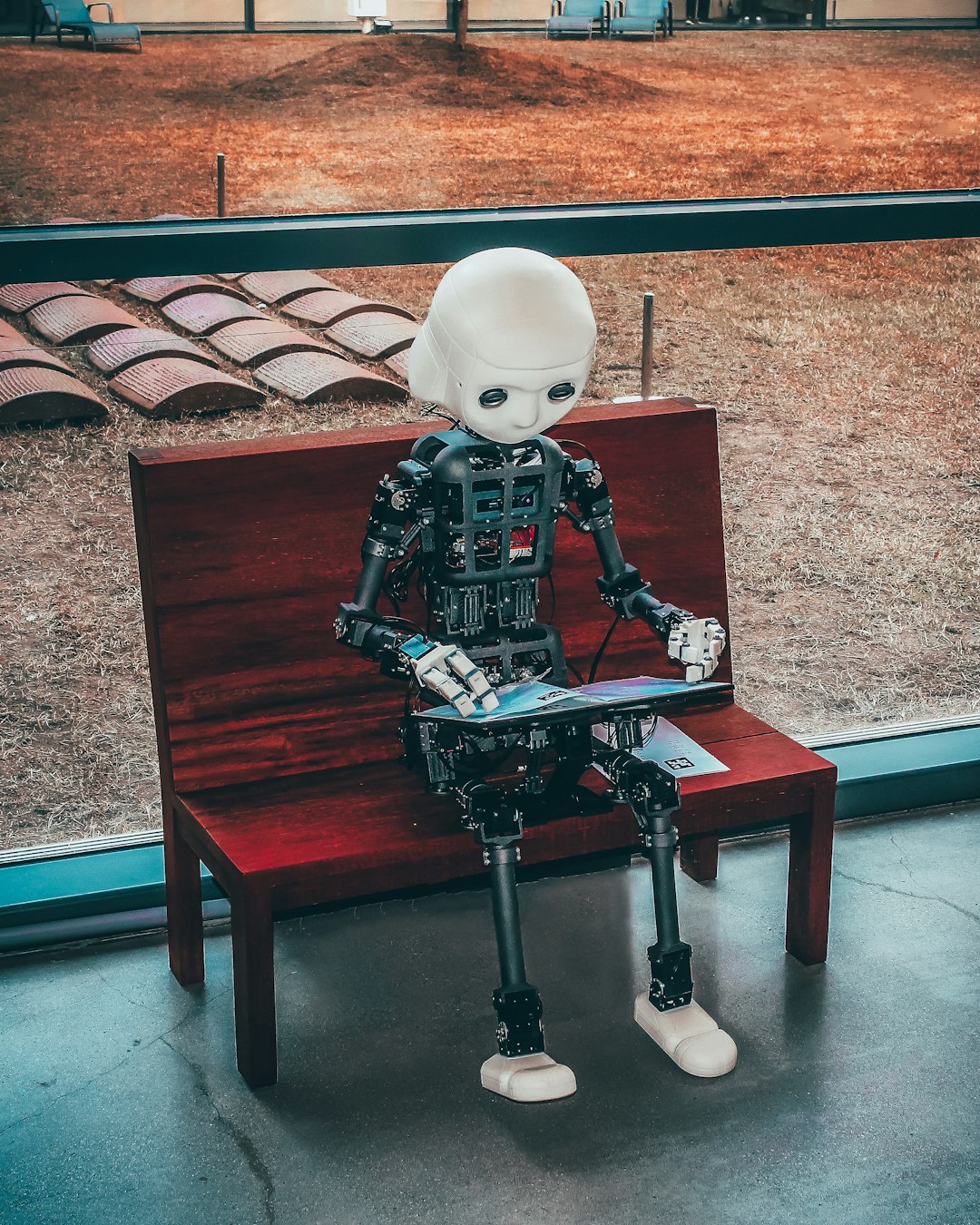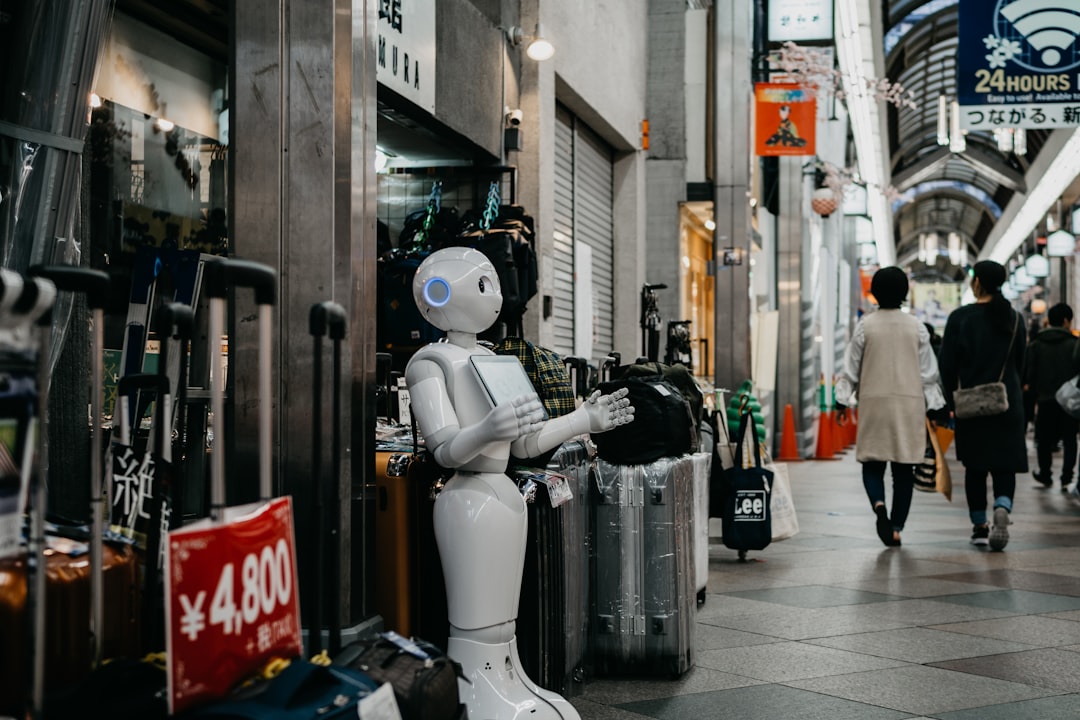The Reality Check: 200,000 Jobs on the Line

Picture this: you’re walking through the gleaming towers of Manhattan, watching thousands of bankers rush to their offices, not knowing that artificial intelligence might soon make many of their jobs obsolete. According to Bloomberg Intelligence, global banks will cut as many as 200,000 jobs in the next three to five years as artificial intelligence encroaches on tasks currently carried out by human workers. This isn’t some distant sci-fi fantasy – it’s happening right now, and the numbers are staggering. Nearly a quarter of the 93 respondents predict a steeper decline of between 5% and 10% of total headcount. The peer group covered by BI includes Citigroup Inc., JPMorgan Chase & Co. and Goldman Sachs Group Inc. The sheer scale of this prediction makes your stomach drop when you realize these aren’t just statistics – they’re real people with families, mortgages, and dreams. But here’s the twist: the same technology threatening jobs might also create entirely new opportunities that we can’t even imagine yet.
Which Jobs Are Actually at Risk?

Think about those entry-level analysts who spend their days buried in spreadsheets, crunching numbers until their eyes blur. A major transition is coming for the highly coveted junior analyst position at big Wall Street banks, experts agree. Back office, middle office and operations are likely to be most at risk, according to Tomasz Noetzel, the BI senior analyst who wrote the report. Customer services could see changes as bots manage client functions, while know-your-customer duties would also be vulnerable. “Any jobs involving routine, repetitive tasks are at risk,” he said. It’s like watching dominoes fall – first the data entry clerks, then the junior researchers, followed by compliance officers who check endless forms. As a result, many roles that once required human oversight, such as junior traders, analysts, and back-office staff, are being replaced by sophisticated algorithms and machine learning models. Banks and financial firms are using AI to process vast amounts of data at speeds far beyond human capabilities, making real-time decisions in markets and minimizing human error. The harsh reality is that if your job involves following rules and patterns, AI probably does it faster and cheaper.
The Big Banks Are Already Moving

Goldman Sachs isn’t just talking about AI – they’re living and breathing it. Goldman Sachs is rolling out a generative AI assistant to its bankers, traders and asset managers, the first stage in the evolution of a program that will eventually take on the traits of a seasoned Goldman employee, according to Chief Information Officer Marco Argenti. The bank has released a program called GS AI assistant to about 10,000 employees so far, with the goal that all the company’s knowledge workers will have it this year. Meanwhile, JPMorgan is flexing its AI muscles in ways that would make tech companies jealous. More than 200,000 JPMorgan employees currently have access to in-house generative AI tools, according to a person with knowledge of that bank who declined to be identified speaking about internal matters. The bank’s “Coach AI tool used by private client advisers is quicker at locating content and research to drive conversations with clients. “Our advisers are finding the right information up to 95% faster – which means they spend less time searching and more time engaging in meaningful conversations with clients,” said Mike Urciuoli, chief information officer at JPMorgan asset and wealth management. The app will help advisers expand their client rosters by 50% in the next three-to-five years by enabling them to take on more clients, with AI handling some of the other research-related work. These aren’t pilot programs anymore – this is full-scale deployment.
The Profit Motive Is Driving Everything

Let’s be brutally honest here: banks aren’t adopting AI because they want to be nice to their customers. The findings point to far-reaching changes in the industry, feeding through to improved earnings. In 2027, banks could see pretax profits 12% to 17% higher than they would otherwise have been — adding as much as $180 billion to their combined bottom line — as AI powers an increase in productivity, according to BI. That’s enough money to make even the greediest Wall Street executive do a happy dance. The initiatives have already saved the bank nearly $1.5 billion through fraud prevention, personalization, trading, operational efficiencies and credit decisions, JPMorgan said. Mike Mayo, an analyst at Wells Fargo, expects the financial benefits from AI to go up by another billion dollars for the bank. When you can save billions and boost profits by double-digit percentages, firing humans becomes a no-brainer from a business perspective. Banks, which have spent years modernizing their IT systems to speed up processes and shave costs in the wake of the financial crisis, have been flocking into the new generation of AI tools that could further improve productivity. Citi said in a report in June that AI is likely to displace more jobs across the banking industry than in any other sector. About 54% of jobs across banking have a high potential to be automated, Citi said at the time
The AI Champions vs. The Skeptics

The divide between AI believers and doubters is fascinating to watch unfold. Fully 56% of AI experts surveyed say AI will have a very or somewhat positive impact on the United States over the next 20 years. This compares with 17% among the general public. It’s like two different species looking at the same technology and seeing completely different futures. Ram Srinivasan, the firm’s Americas Future of Work & AI Transformation Leader, spoke to TheStreet about his predictions for AI and the future of work, describing the 200,000 projection as accurate but also oversimplified. “What we’re really witnessing is a massive job transformation rather than pure elimination” he states. “We will witness an “AI Multiplier Effect,” where automation creates more opportunities than it displaces.” To further illustrate this, Srinivasan cites data from the 2025 World Economic Forum Future Jobs Report, which forecasts 78 million net new jobs by 2030. “While 92 million jobs may transform, 170M new opportunities will emerge,” he predicts. The optimists paint a picture where AI becomes humanity’s ultimate wingman, while the pessimists see a dystopian future where machines rule everything.
Goldman’s Big Bet on Human-AI Collaboration

Goldman Sachs is playing a fascinating game of chess with AI, and their strategy might surprise you. A Goldman priority is using AI to enhance the performance of its engineering group. Neal said the firm has more than 12,000 developers, which constitute a quarter of its total workforce. That means productivity and efficiency gains achieved in this group would have a large impact on the company. “The developer use case is one of the early use cases where we’ve really seen large-scale adoption and large-scale benefit,” Neal said. They’re not just throwing AI at random problems – they’re being surgical about it. At Goldman, however, the official stance is that AI will empower employees to do more, not necessarily result in the need for fewer humans. “The importance of having a phenomenal human workforce is actually going to be amplified,” Argenti said. “In my opinion, it always boils down to people,” he said. Neal said a key enabler of AI throughout the company is the creation of “AI champions,” a team of employees within each business group tasked with finding the most effective use cases for AI in their line of business. These AI champions form the “connective tissue” across the firm, she added. “That is an absolutely critical part of how adoption is going to be driven and where we’re going to see the highest value from” in its AI efforts. It’s like they’re building an army of AI evangelists from within their own ranks.
The Reality of AI Limitations Today

Before you panic about robot overlords taking over Wall Street, let’s talk about what AI can’t do yet. AI “Agents” will be endlessly hyped throughout 2025 but far from reliable, except possibly in very narrow use cases. Humanoid robotics will see a lot of hype, but nobody will release anything to remotely as capable as Rosie the Robot. Motor control may be impressive, but situational awareness and cognitive flexibility will remain poor. The dirty secret nobody wants to admit is that current AI is still pretty dumb in many ways. IBM predicted in 2023 that it would soon be able to replace around 8,000 jobs with AI. Two years later, its CEO told the Wall Street Journal that so far the company has replaced a couple of hundred HR employees with AI — but increased hiring of software developers and salespeople. Less than 10% of the work force will be replaced by AI. Probably less than 5%. Commercial artists and voiceover actors have perhaps been the hardest hit so far. Reality has a way of humbling even the most ambitious



